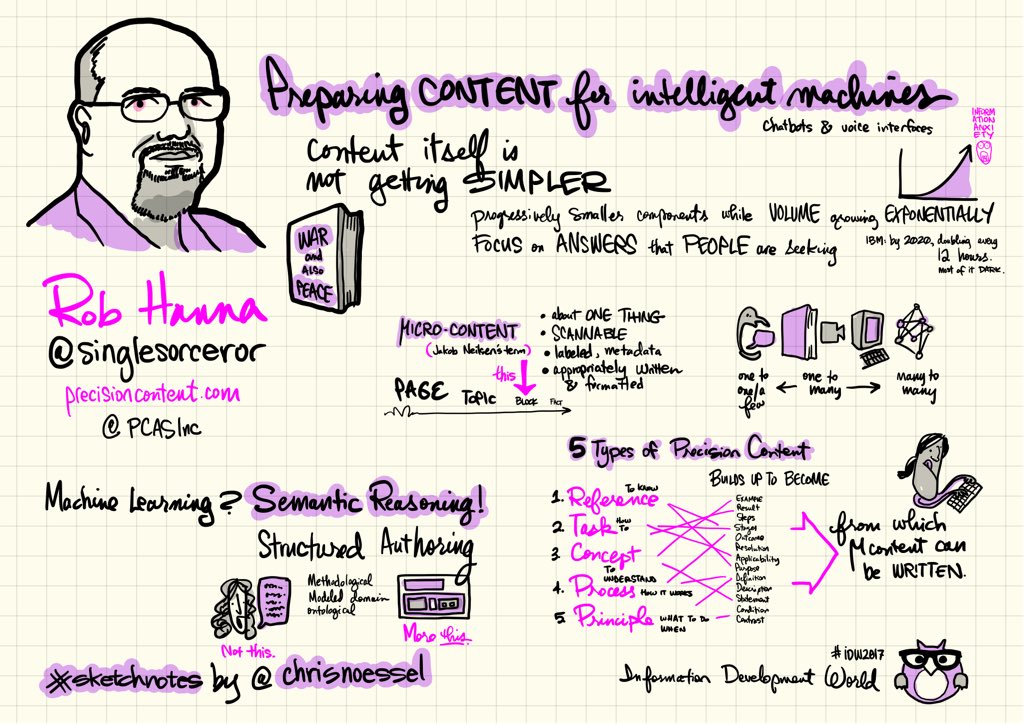The Rise of Microcontent

Microcontent: Another term enters the lexicon of content professionals–Fantastic! Add that to the lengthy list of new terms and ideas that will shape the way we think about information and how we create it. I think there would be a lot more excitement if there wasn’t an underlying sense of foreboding about it all. Artificial intelligence, Internet of Things, chatbots, voice interfaces, and machine learning sound as though they come right off the page of an Isaac Asimov novel. But we need not fear for our futures in this profession. In fact we are well positioned to lead industry into a new age of communication and human-computer interaction.
So what does this all mean for the technical communicator?
I believe that there is a straight correlation between what we’ve been working to achieve with topic-based authoring and our move away from book-based authoring to what is coming next. Content development will require greater technical skill, precision, and time to create original content. The content will be more focused on specific user context and user intent. It will be smaller and far more versatile to serve a broader range of applications.
Microcontent
The term microcontent was first coined by Jakob Nielsen in 1998 and has since taken on greater shape and definition.
Microcontent is content that is
- about one primary idea, fact, or concept
- easily scannable
- labelled for clear identification and meaning, and
- appropriately written and formatted for use anywhere and any time it is needed.
It isn’t microcontent just because it’s small
It follows similar trends in other content areas and forms the basis for
- Marketing—Micromoments
- Learning—Microlearning, and
- Web—Microformats.
In the parlance of Information 4.0, microcontent is synonymous with molecular content.


